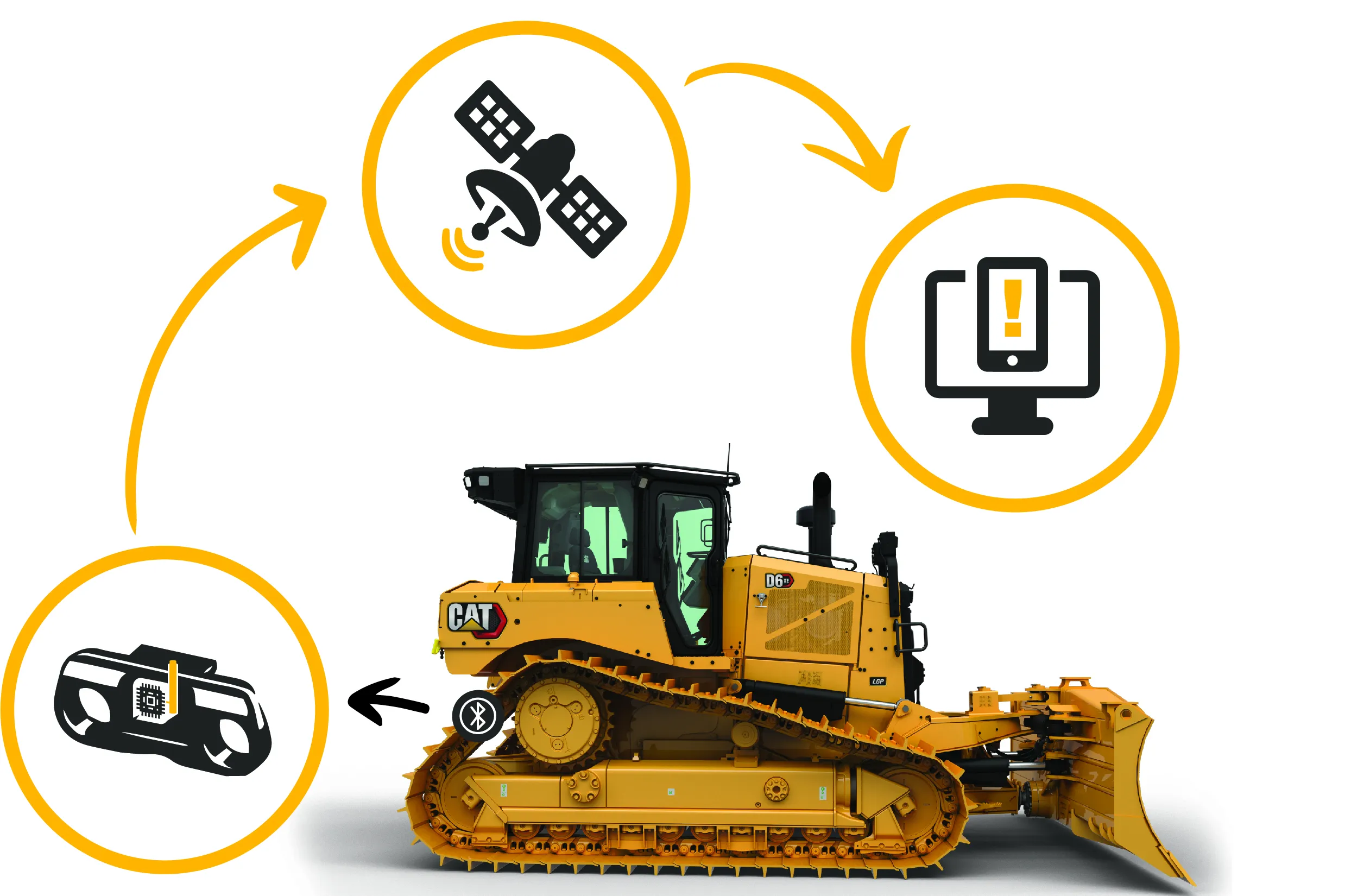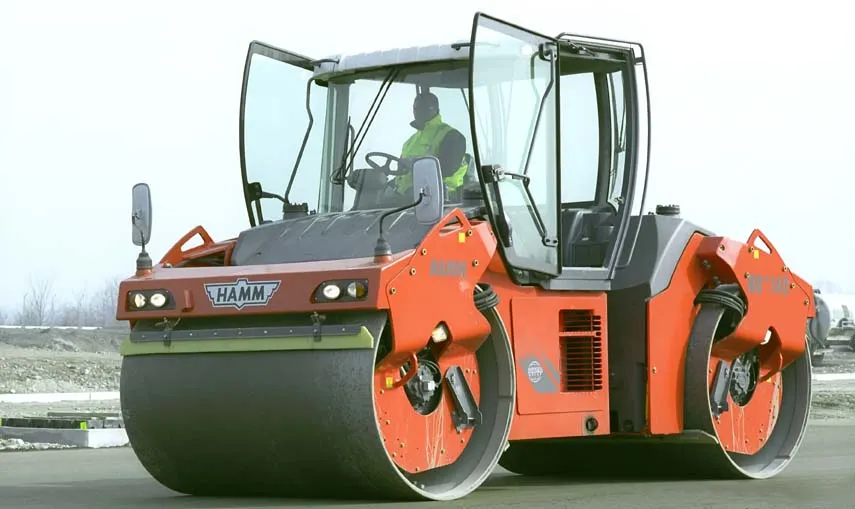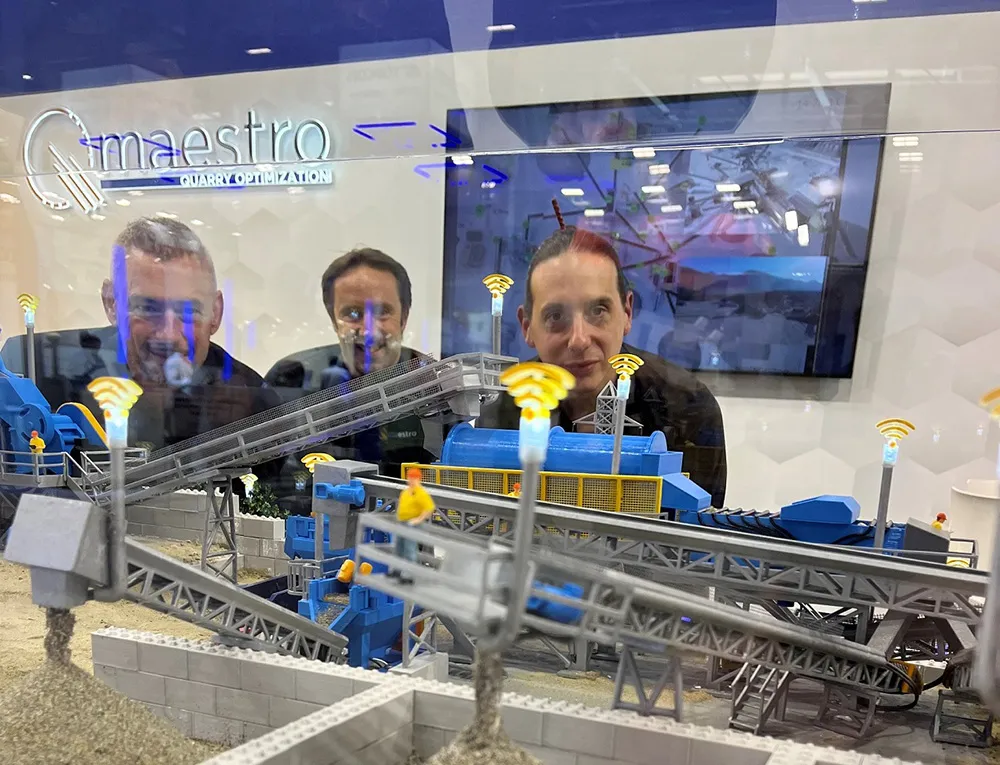
Caterpillar is now offering its proprietary Cat Track Wear Sensor (CTWS), which can remotely monitor undercarriage wear to predict wear out, plan maintenance and increase machine uptime. The system is exclusive to Caterpillar machines and is monitored within the Cat Wear Management System. The new CTWS communicates wirelessly to provide critical track link wear information from the machine to the dealer. Timed alert intervals – a 40% wear alert for possible bushing turns, 70% to signal for measuring and replacement part ordering, and 100% for required replacement – improve inspection scheduling and streamline ordering of replacement parts. The real-time track wear status enables no-touch track link measurements, increases fleet coverage by automating inspections, provides visibility to track wear when operating in remote locations and allows for prioritised timing of service visits by helping optimise manual inspections.
Field tested for proven reliability throughout the expected track life, more than 2,000 Cat machines have been shipped with the sensor technology. The small electronic sensor installs in a customised pocket in the track link for protection. Each link assembly includes a smart link, resulting in two sensors on a machine, one on each side. The CTWS survives high frequency shock loads and meets sensor functional and environmental tests. Subject to operating conditions, sensor battery life has been shown to last up to seven years.
The wear sensor is standard on new Cat D5, D6 and D8 dozers, and 953 and 963 track loader models in select regions with planned expansion to models in the dozer line in the future. It can be retrofitted on eligible dozer undercarriages.








